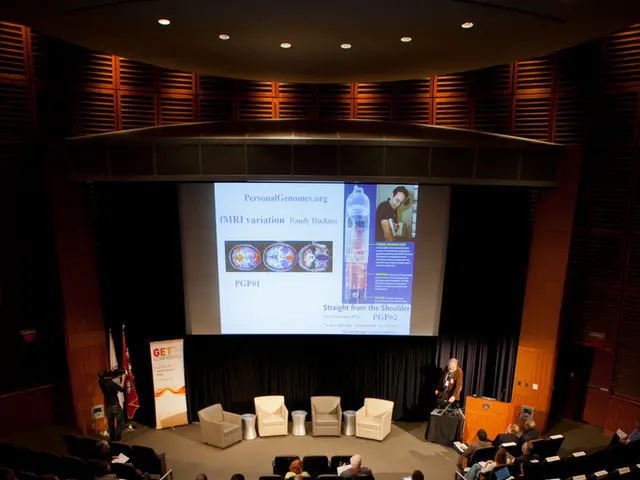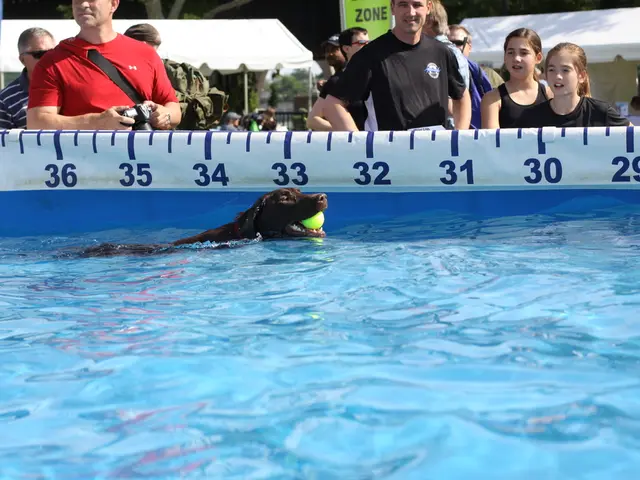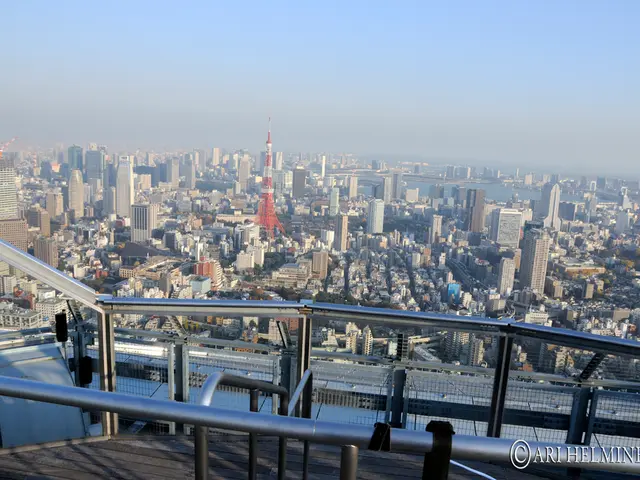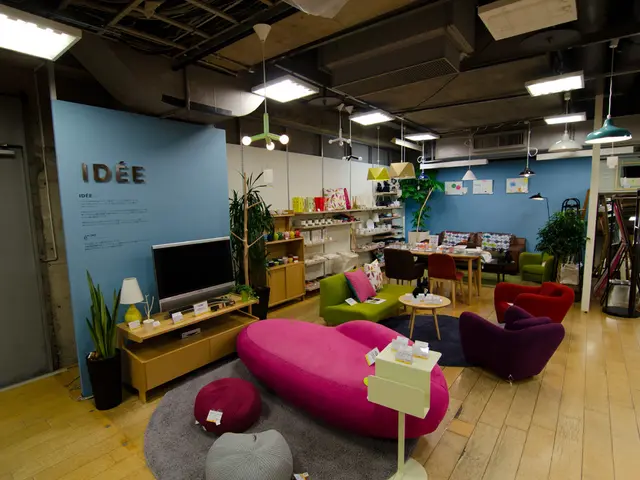Adults Laugh Less Than Children, But Laughter Yoga Offers a Solution
Adults laugh less than children, a fact backed by a study of over 10,000 Americans. While laughter is spontaneous, some adults turn to 'laughter yoga' to intentionally trigger its mood-boosting effects.
Laughter yoga, introduced in the USA in the mid-1990s by Dr. Madan Kataria, combines deep breathing with forced laughter. This practice aims to transform fake laughter into genuine amusement. Despite its name, laughter yoga doesn't involve traditional yoga poses. Instead, it focuses on laughter exercises, often led by a 'laughter yoga leader'.
Experts attribute the decline in adult laughter to increased responsibilities. Work, household chores, and worries about serious issues can dampen our laughter. However, laughter is a powerful tool that can make us bend over with joy and improve our overall well-being. It's characterized by short bursts of breath and funny noises like 'haha', 'hihi', or 'ho-ho'. Children and teenagers under 16 laugh the most, a stark contrast to adults who have learned to control their feelings better with age.
While adults laugh less due to life's demands, practices like laughter yoga offer a way to intentionally induce laughter. Despite its name, laughter yoga is not about physical postures but about breathing exercises and forced laughter. It's a reminder that laughter, though spontaneous, can be cultivated for its numerous benefits.
Read also:
- Budget cuts at federal and state levels jeopardize advancements in fighting HIV and AIDS within Dallas County
- Debating the legitimacy of Borderline Schizophrenia as a distinct mental health disorder?
- City Transition to Pedestrian-Friendly Environment Increases Daily Steps by Over 1,000: Research Findings
- Dairy's Impact on Gout Flare-ups: An Examination of the Connection Between Milk Consumption and Gout Attacks






